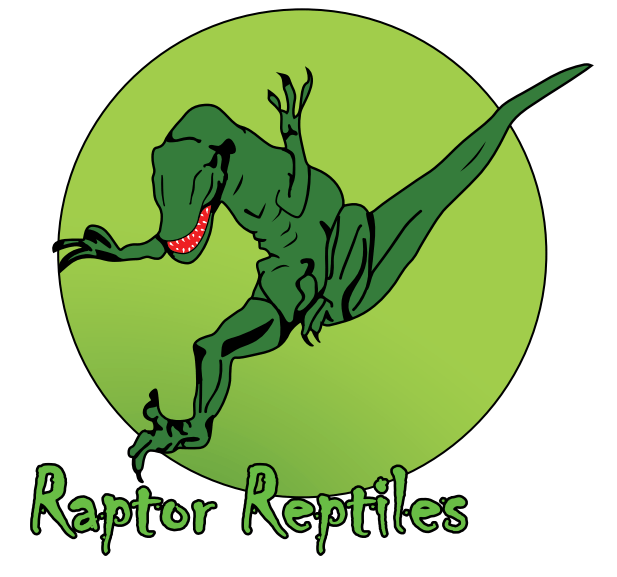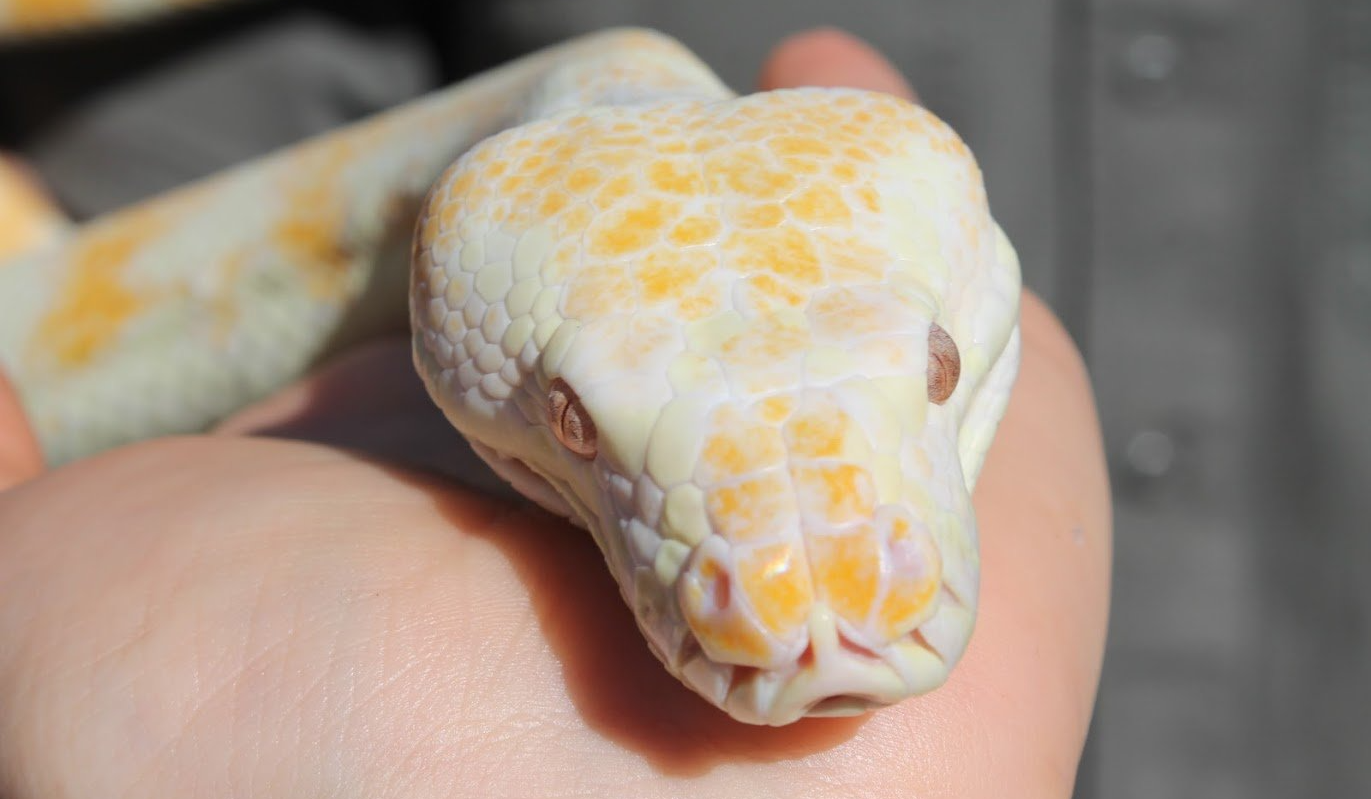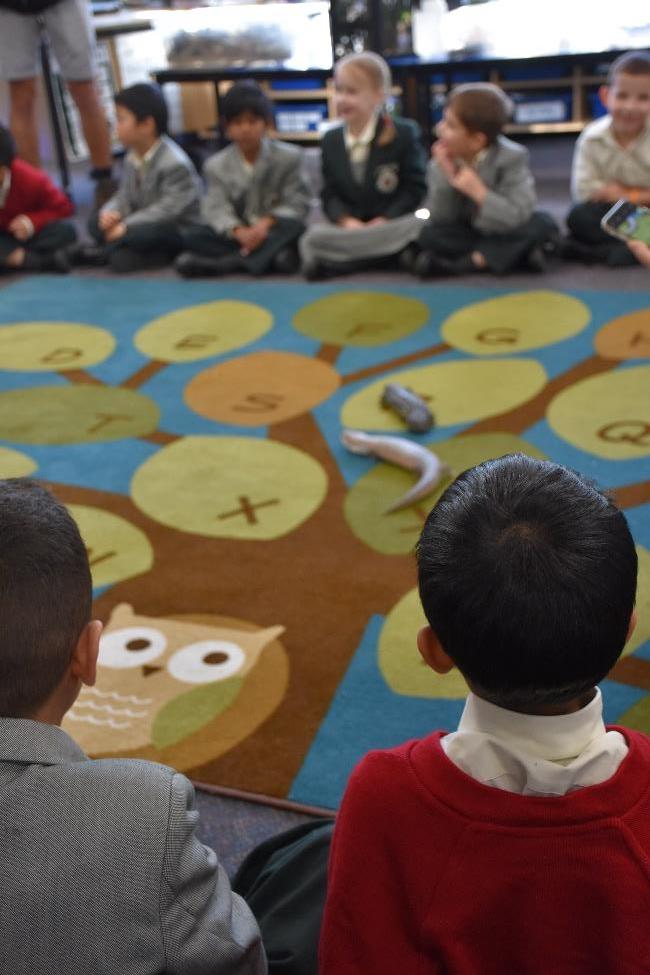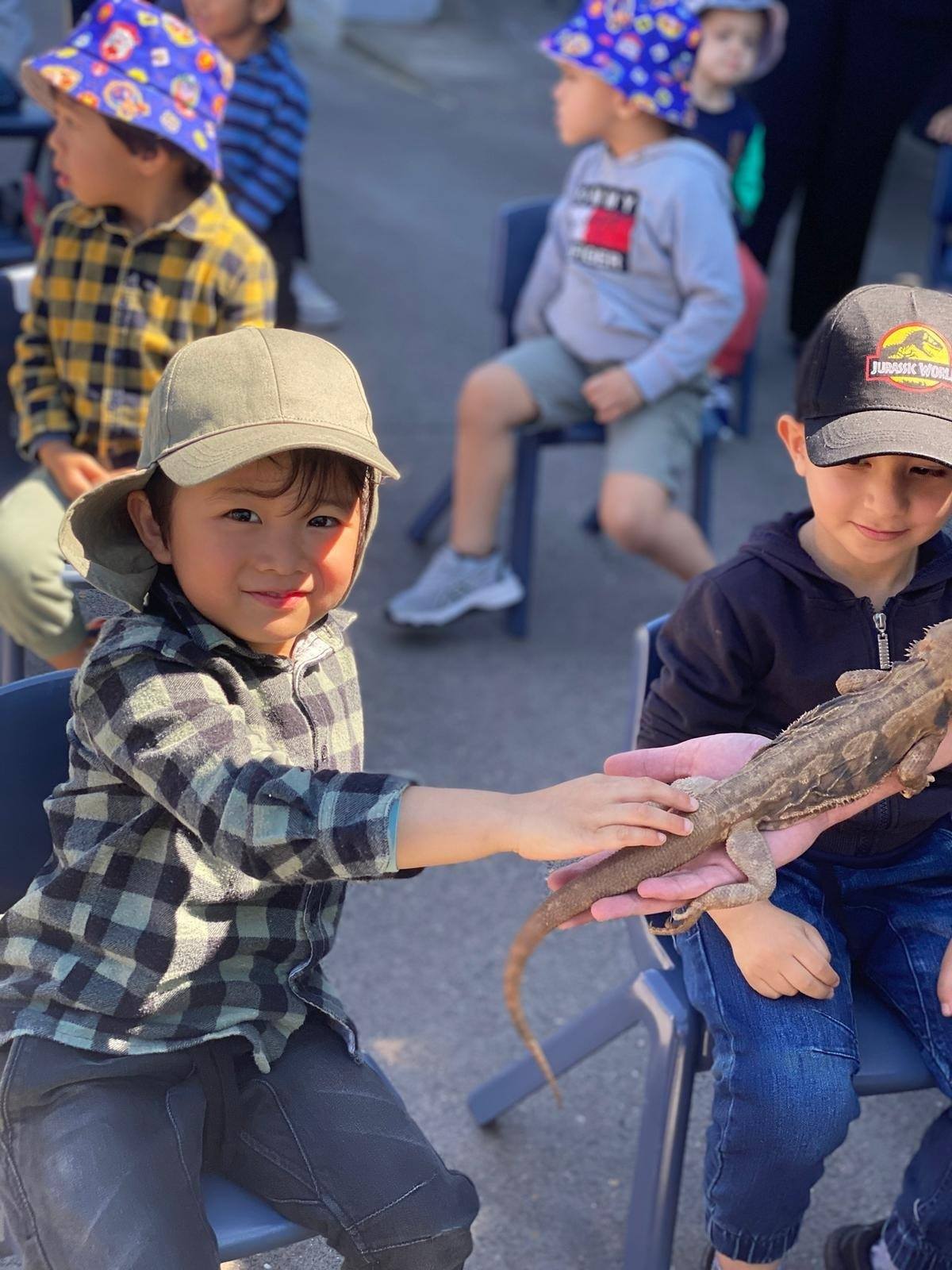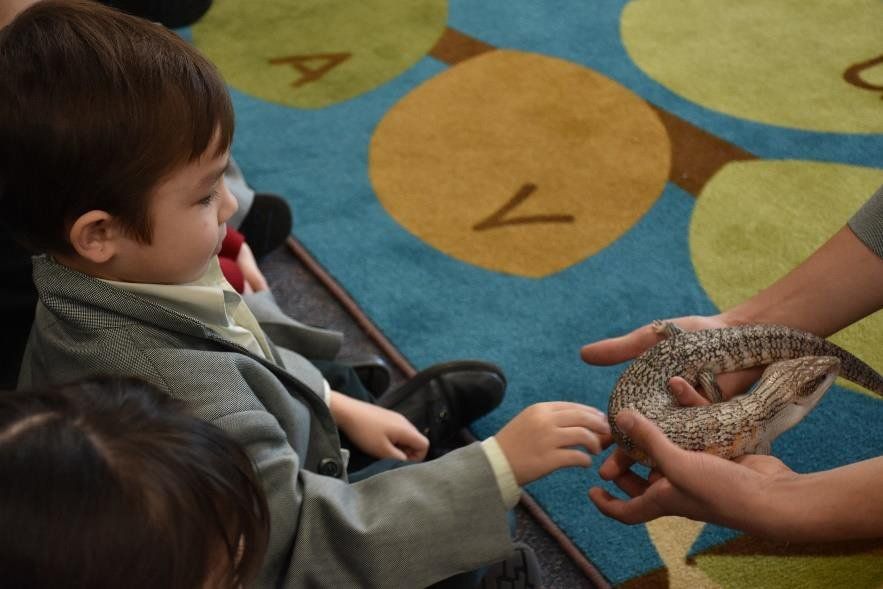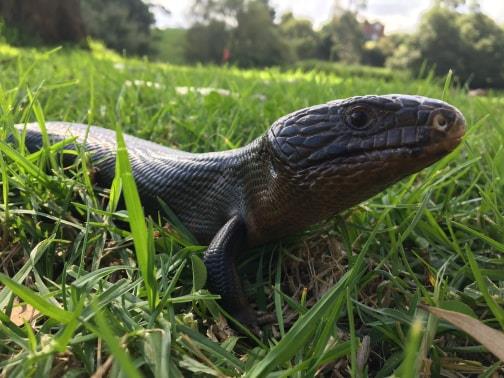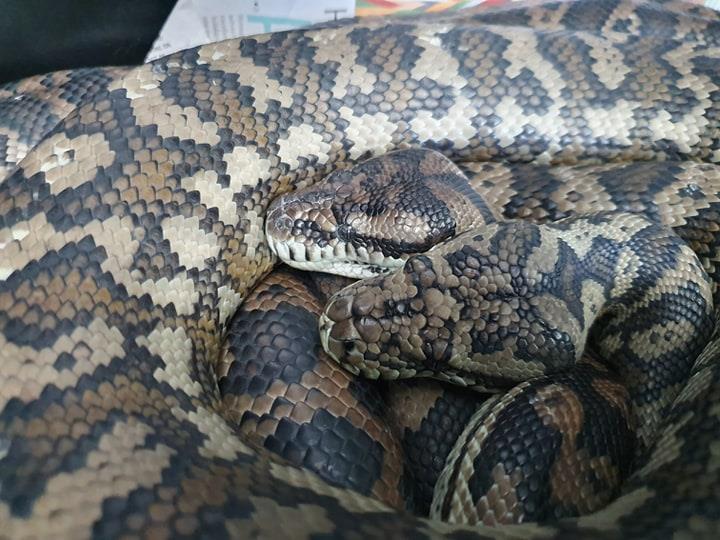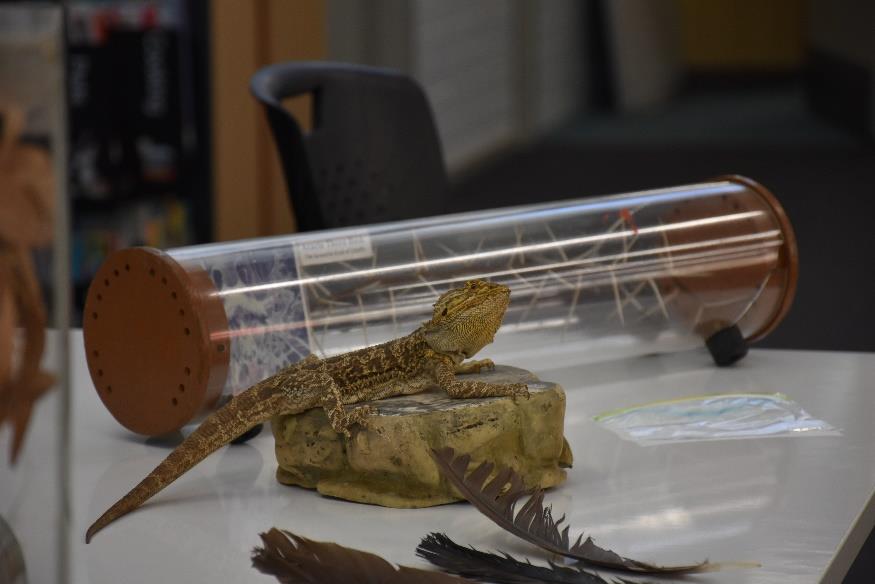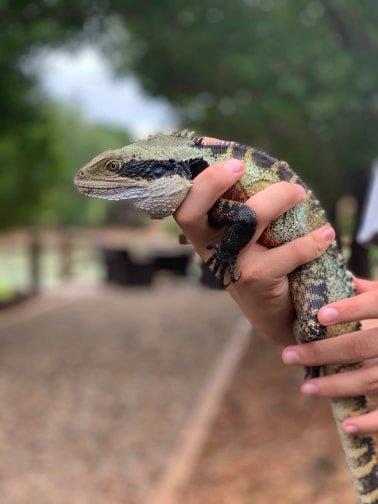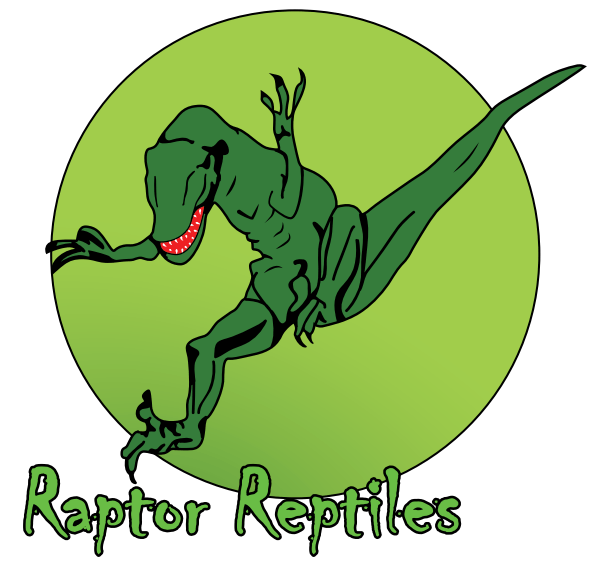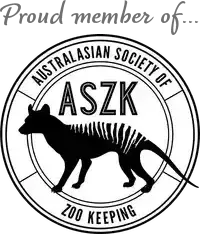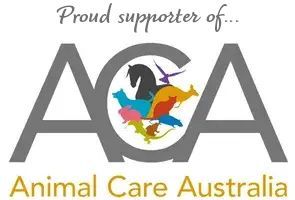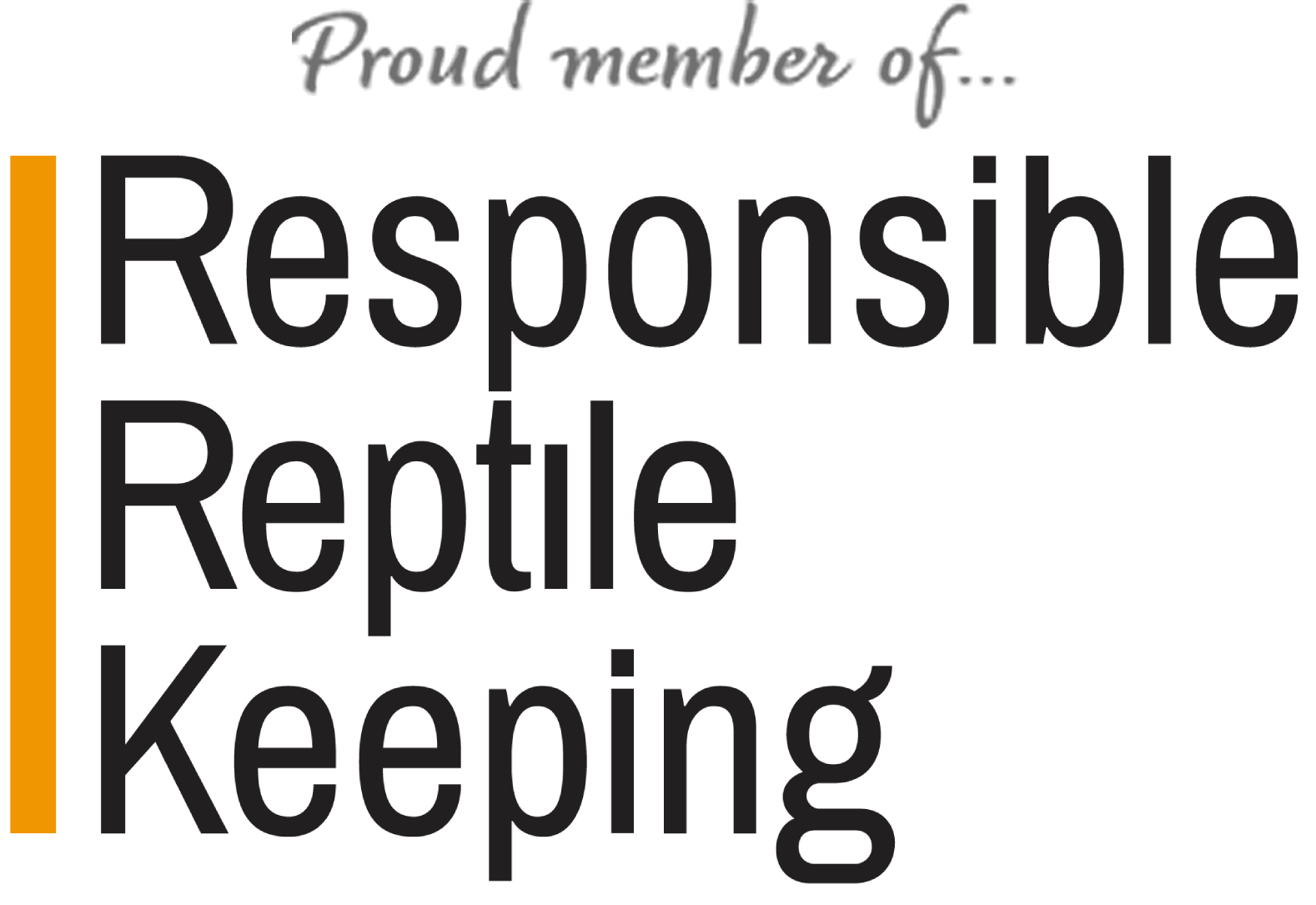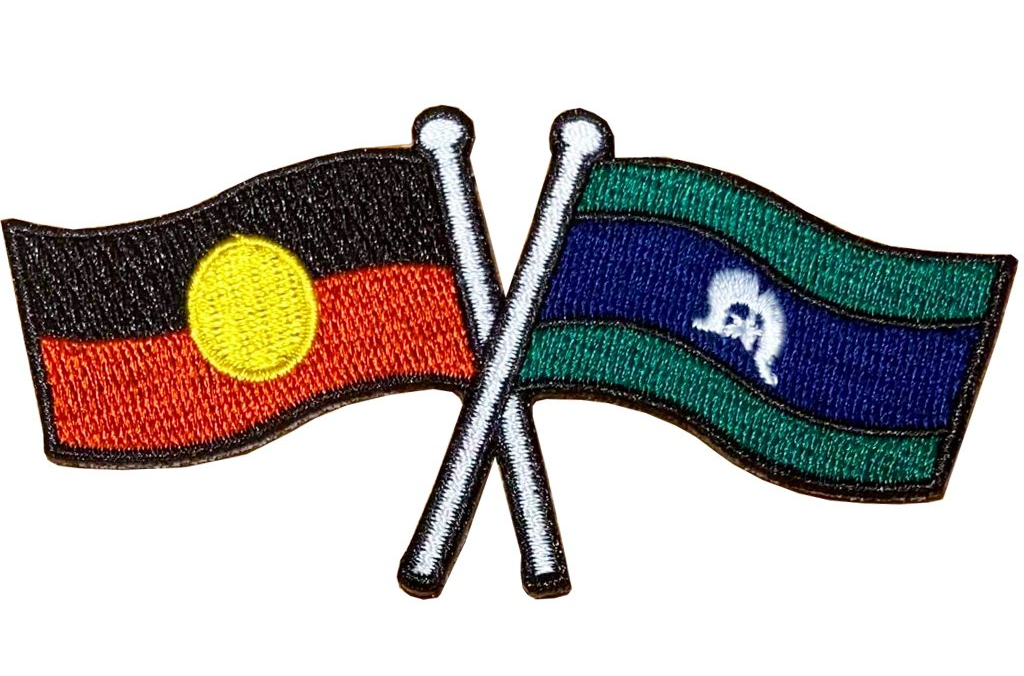ANIMAL EDUCATIONAL ENTERTAINMENT IN SYDNEY
radical reptiles
NAIDOC EXPERIENCE
Backyard bugs
Investigate the incredible world of insects with our hands-on bug experience. From stick insects and tarantulas to giant cockroaches and scorpions, we’ve got all the creepy crawlies you need to adventure into the world of our own backyards!
Geography
-
Early Stage 1 (Kindergarten)
CREATURES & COUNTRY (EARLY STAGE 1 – ABORIGINAL AND TORRES STRAIT ISLANDER PLACES)
Syllabus Link:
- Identifies places and develops an understanding of the importance of places to people (GEe-1)
- Investigate the importance of places they live in and belong to, for example: (ACHGK002, ACHGK004)
- Identification of places they live in and belong to (GS VR)
- Discussion of why places are special and how people care for them (F)
- Explanation of why people need to take care of places
- Investigate the Countries/Places important to Aboriginal or Torres Strait Islander Peoples, for example: (ACHGK003)
- Identification of an Aboriginal or Torres Strait Islander site, Country, or Place
- Discussion of why the site, Country or Place is important
Program Overview:
Celebrate and learn about our country’s First National Peoples and their rich culture spanning over 80,000 years. Become enthralled with Stories of Dreamtime about our native wildlife and the land we live on, with the help of some scaly friends. An engaging, meaningful, and interactive day of learning and fun!
Activities:
Listen to Dreamtime stories featuring native animals and connect their lessons to the real creatures you’ll meet
Learn how Aboriginal and Torres Strait Islander Peoples have sustainably cared for the land through artefacts and animals
Enjoy a chance to take a personal photo with one of our friendly animals
-
Stage 1 (Years 1-2)
CREATURES & COUNTRY (STAGE 1 – FEATURES OF PLACES, WEATHER AND SEASONS & LOCAL AND GLOBAL CONNECTIONS)
Syllabus Link:
- Discussion of the natural features of places identified in Aboriginal Dreaming stories and/or creation accounts of the Torres Strait
- Examination of how various cultural groups, including Aboriginal or Torres Strait Islander Peoples, describe weather, seasons or seasonal calendars (VR)
- Investigate connections that people, including Aboriginal and Torres Strait Islander Peoples, have to local and global places, for example: (ACHGK010, ACHGK011, ACHGK012)
- Discussion of Aboriginal and Torres Strait Islander Peoples’ connections with land, sea and animals of their place
- Description of reasons people are connected to places in Australia and/or countries across the world eg birthplace (M)
Program Overview:
Celebrate and learn about our country’s First National Peoples and their rich culture spanning over 80,000 years. Become enthralled with Stories of Dreamtime about our native wildlife and the land we live on, with the help of some scaly friends. An engaging, meaningful, and interactive day of learning and fun!
Activities:
- Listen to Dreamtime stories featuring native animals and connect their lessons to the real creatures you’ll meet
- Learn how Aboriginal and Torres Strait Islander Peoples have sustainably cared for the land through artefacts and animals
- Enjoy a chance to take a personal photo with one of our friendly animals
-
Stage 2 (Years 3-4)
CREATURES & COUNTRY (STAGE 2 – THE AUSTRALIAN CONTINENT & SIGNIFICANCE OF ENVIRONMENTS)
Syllabus Link:
- Investigate Australia’s major natural and human features, for example: (ACHGK014, ACHGK015)
- Description of natural features of Australia e.g. deserts, rivers, mountains (ST, VR)
- Investigate the importance of natural vegetation and natural resources to the environment, animals, and people, for example: (ACHGK021, ACHGK022, ACHGK024)
- Discussion of the importance of natural vegetation and natural resources to people e.g. provision of food, medicine, fuel, timbers, fibres, metals (F)
- Discussion of how people’s perceptions influence the protection of places in Australia e.g. sacred sites, national parks, world heritage sites
Program Overview:
Celebrate and learn about our country’s First National Peoples and their rich culture
spanning over 80,000 years. Become enthralled with Stories of Dreamtime about our native
wildlife and the land we live on, with the help of some scaly friends. An engaging,
meaningful, and interactive day of learning and fun!
Activities:
- Listen to Dreamtime stories featuring native animals and connect their lessons to the real creatures you’ll meet
- Learn how Aboriginal and Torres Strait Islander Peoples have sustainably cared for the land through artefacts and animals
- Enjoy a chance to take a personal photo with one of our friendly animals
-
Stage 3 (Years 5-6)
FLAMES & FAUNA (STAGE 3 – BUSHFIRE HAZARD)
Syllabus Link:
- Investigate the impact of ONE contemporary bushfire hazard in Australia, for example: (ACHGK030)
- Identification of the location and extent of the disaster (M, ST)
- Description of the impact of the disaster on natural vegetation and the damage caused to communities (VR)
- Examination of how people can prevent and minimise the effects of a bushfire
- Describes the diverse features and characteristics of places & environments (GE3-1)
- Explains interactions and connections between people, places and environments (GE3-2)
- compares and contrasts influences on the management of places and environments (GE3-3)
Program Overview:
Explore the impact of bushfires on Australian landscapes, wildlife, and communities. Through interactive discussions and hands-on experiences, discover how bushfires shape ecosystems, the challenges animals face, and ways humans can prevent and minimize fire-related risks. The session will highlight the resilience of nature and the importance of conservation efforts.
Activities:
- Meet some of Australia’s toughest bushfire survivors including lizards, insects, frogs and snakes
- Identify ecosystems at risk of bushfires and examine their effects on vegetation, wildlife, and human communities
- Discuss Indigenous fire management techniques and compare them to modern methods
- Enjoy a chance to take a personal photo with one of our friendly animals
CREATURES & COUNTRY (STAGE 3 – THE WORLD’S CULTURAL DIVERSITY)
Syllabus Link:
- Describes the diverse features and characteristics of places and environments (GE3- 1)
- Explains interactions and connections between people, places, and environments (GE3-2)
- Investigate the world’s cultural diversity, including the cultures of Indigenous Peoples, for example: (ACHGK033)
- Identification of various cultural groups, including Indigenous cultural groups (M, VR)
- Examination of various cultures e.g. customs, beliefs, social organisation
Program Overview:
Celebrate and learn about our country’s First National Peoples and their rich culture spanning over 80,000 years. Become enthralled with Stories of Dreamtime about our native wildlife and the land we live on, with the help of some scaly friends. An engaging, meaningful, and interactive day of learning and fun!
Activities:
- Listen to Dreamtime stories featuring native animals and connect their lessons to the real creatures you’ll meet
- Learn how Aboriginal and Torres Strait Islander Peoples have sustainably cared for the land through artefacts and animals
- Enjoy a chance to take a personal photo with one of our friendly animals
-
Stage 4 (Years 7-8)
CREATURES & COUNTRY (STAGE 4 – VALUE OF LANDSCAPES AND LANDFORMS, LANDSCAPE MANAGEMENT AND PROTECTION & THE VALUE OF WATER)
Syllabus Link:
- Investigate the aesthetic, cultural, spiritual and economic value of landscapes and landforms for people, including Aboriginal and Torres Strait Islander Peoples, for example: (ACHGK049)
- Explanation of the aesthetic value of landscapes and landforms to culture and identity
- Description of the cultural and spiritual value of landscapes or landforms in different places (VR)
- Investigate ways people, including Aboriginal and Torres Strait Islander Peoples, manage and protect landscapes, for example: (ACHGK052)
- Assessment of the contribution of Aboriginal and Torres Strait Islander Peoples’ knowledge to the use and management of an Australian landscape or landform
- Investigate the economic, cultural, spiritual and aesthetic values of water for people, including Aboriginal and Torres Strait Islander Peoples and/or peoples of the Asia region, for example: (ACHGK041)
- Comparison of the importance of water to ONE Aboriginal or Torres Strait Islander community
Program Overview:
Celebrate and learn about our country’s First National Peoples and their rich culture spanning over 80,000 years. Become enthralled with Stories of Dreamtime about our native wildlife and the land we live on, with the help of some scaly friends. An engaging, meaningful, and interactive day of learning and fun!
Activities:
- Listen to Dreamtime stories featuring native animals and connect their lessons to the real creatures you’ll meet
- Learn how Aboriginal and Torres Strait Islander Peoples have sustainably cared for the land through artefacts and animals
- Enjoy a chance to take a personal photo with one of our friendly animals
SCIENCE
-
Early Stage 1 (Kindergarten)
BACKYARD BUDDIES (EARLY STAGE 1 – LIVING WORLD)
Syllabus Link:
- Explores the characteristics, needs & uses of living things (Ste-3LW-ST)
- Identifies how daily & seasonal changes in the environment affect living things (Ste6ES-E)
- Recognise living things have basic needs such as air, food & water (ACSSU002)
- Identify living things & external features of animals in the local environment
- Make observations using senses through participation in guided scientific investigations
- Communicate observations of living things in the environment
Program Overview:
Meet your local Sydney region animals and learn about how they live as the days and seasons change
Activities:
- Meet local animals such as blue tongue lizards, turtles, birds, frogs and snakes
- Learn how each animal’s features and behaviours help them survive in the local environment
- Participate in fun role-playing activities to simulate animal survival strategies
- Enjoy a chance to take a personal photo with one of our friendly animals
-
Stage 1 (Years 1-2)
SURVIVORS & INVADERS (STAGE 1 – LIVING WORLD)
Syllabus Link:
- Features of living things, their environments & how they change and reproduce
- Understanding how living things & their environment play a central role in the support for humans
- External features of living things
- Inquiry Question: What are the external features of living things?
- Describe the external features of a variety of living things (ACSSU017)
- Identify and group plants & animals using their external features
- Native & introduced plants and animals
- Insects, reptiles, birds and mammals
Program Overview:
Explore how native animals survive in their environments and the impact of invasive species, discovering how their unique features help them adapt and thrive.
Activities:
- Meet some of Australia’s native wildlife such as lizards, turtles, insects, and birds
- Identify and learn how each animal’s features vary to help them survive in differing environments
- Discuss the effects of introduced plants and animals on the survival of native species
- Enjoy a chance to take a personal photo with one of our friendly animals
EXHIBIT DESIGN (STAGE 1 – LIVING WORLD)
Syllabus Link:
- Use equipment to develop solutions for a need (ST1-2DP-T)
- Describes observable features of living things & their environments (ST1-4LW-S)
- Consider sustainability when producing solutions (ACTDEP007)
- Explore & answer questions through participation in guided scientific investigations (ACSIS025, ACSIS038)
- Living things live in different places
- Inquiry Question: How can we improve a local environment to encourage living things to thrive?
- Identify that living things live in different places that suit their needs (ACSSU211)
- Design & produce an environment to cater for the needs of a living thing
- Encouraging the return of a living thing to a local habitat
- Recognise people use science to care for the environment & living things (ACSHE022, ACSHE035)
- Living things change
- Inquiry Question: How do living things change as they grow?
- Explore how living things grow, change and have offspring (ACSSU030)
Program Overview:
Learn what it takes to design the perfect habitat for reptiles and amphibians by exploring their needs, adaptations, and environmental challenges. Use creativity and problem-solving to build sustainable spaces that support native wildlife.
Activities:
- Get up close with a blue-tongue lizard, bearded dragon, frog, and turtle while learning about their unique features and habitat needs
- Work in teams to design and build a model enclosure that provides the right shelter, temperature, and resources for one of the chosen animals
- Discuss how habitat destruction affects frogs and explore ways to create ecofriendly habitats that support conservation efforts
- Enjoy a chance to take a personal photo with one of our friendly animals
CREATURES & COUNTRY (STAGE 1 – LIVING WORLD, MATERIAL WORLD & EARTH AND SPACE)
Syllabus Link:
- Plants and animals used for food & fibre
- Focus Questions: How do humans use plants & animals?
- Explore the plants & animals used in customary practices of Aboriginal and Torres Strait Islander Peoples
- Materials are used for a specific purpose
- Focus Questions: How do the properties of materials determine their use?
- Identify a range of natural materials used by Aboriginal and/or Torres Strait Islander People for specific cultural purposes
- Earths resources
- Inquiry Question: What are earths resources and how do we use and care for them?
- Identify how Aboriginal Peoples care for earths resources on-Country
Program Overview:
Celebrate and learn about our country’s First National Peoples and their rich culture spanning over 80,000 years. Become enthralled with Stories of Dreamtime about our native wildlife and the land we live on, with the help of some scaly friends. An engaging, meaningful, and interactive day of learning and fun!
Activities:
- Listen to Dreamtime stories featuring native animals and connect their lessons to the real creatures you’ll meet
- Learn how Aboriginal and Torres Strait Islander Peoples have sustainably cared for the land through artefacts and animals.
- Enjoy a chance to take a personal photo with one of our friendly animals
-
Stage 2 (Years 3-4)
MINIBEASTS (STAGE 2 – LIVING WORLD & ENGLISH)
Syllabus Link:
- Life cycles of living things
- Inquiry Question: What are the similarities and differences between the life cycles of living things?
- Identify that living things have life cycles (ACSSU072)
- Conduct and investigation into the life cycle of animals (ACSSU072)
- Survival of living things
- Inquiry Question: How are environments and living things interdependent?
- Describe how living things depend on each other and the environment to survive
- English (EN2-2A, EN2-3A, EN2-7B): Engages in discussions, research, and presentations about minibeasts
Program Overview:
Discover the hidden world of minibeasts hands on to find their hidden secrets. Delve into their life cycles, adaptations, and their importance in our wild places.
Activities:
- Meet a variety of different invertebrates, exploring their adaptations and impact on ecosystems
- Illustrate and label the life cycle stages of a chosen minibeast
- Examine and identify artefacts from different life cycle stages of minibeasts
- Enjoy a chance to take a personal photo with one of our friendly animals
-
Stage 3 (Years 5-6)
NOCTURNAL NATURE EXPLORERS (STAGE 3 – LIVING WORLD)
Syllabus Link:
- Examines how the environment affects the growth, survival & adaptation of living things (ST3-4LW-S)
- Growth & survival of living things
- Inquiry Question: How do physical conditions affect the survival of living things?
- Describe how changing physical conditions in the environment affect the growth and survival of living things
- Adaptations of living things
- Inquiry Question: How do the structural and behavioural features of living things support survival?
- Describe adaptations as existing structures or behaviours that enable living things to survive in their environment (ACSSU043)
- Describe the structural and/or behavioural features of some native Australian animals and why they are considered to be adaptations
Program Overview:
Put a spotlight on Australia’s nocturnal animals, discovering how their unique adaptations help them thrive in the dark.
Activities:
- Get close and personal with Australia’s most elusive creatures of the night including geckos, scorpions, frogs, snakes, and a tawny frogmouth
- Discover how the structural and behavioural features of nocturnal animals support their survival
- Enjoy a chance to take a personal photo with one of our friendly animals
-
Stage 4 (Years 7-8)
ANIMAL ADAPTATION (STAGE 4 – LIVING WORLD)
Syllabus Link:
- Outline the structural features used to group living things, including animals (ACSSU111)
- Explain how the features of some Australian plants and animals are adaptations for survival and reproduction in their environment (ACSSU111)
- Recount how evidence from a scientific discovery has changed understanding and contributed to solving a real world problem, eg animal or plant disease, hygiene, food preservation, sewage treatment or biotechnology (ACSHE119, ACSHE134)
- Explain how new biological evidence changes people's understanding of the world (SC4-15LW)
Program Overview:
Over millions of years, life has found a way to survive in every corner of the planet. Dive into the secrets of the sands and the wonders of the waterways as we take you into some of Australia’s harshest habitats and how life has learnt to survive.
Activities:
- Meet some of Australia’s toughest survivors up close and learn firsthand about their incredible adaptations
- Examine the physical and behavioural adaptations of different animals, understanding how each helps them survive and reproduce
- Enjoy a chance to take a personal photo with one of our friendly animals
FOOD CHAINS & FOOD WEBS (STAGE 4 – LIVING WORLD)
Syllabus Link:
- Assembling and using appropriate equipment and resources to perform the investigation, including safety equipment
- Using scientific understanding to identify relationships and draw conclusions based on students' data or secondary sources (ACSIS130, ACSIS145)
- Performing specific roles safely and responsibly when working collaboratively to complete a task within the timeline
- Use simple keys to identify a range of animals (ACSSU111)
- Construct and interpret food chains and food webs, including examples from Australian ecosystems
- Describe interactions between organisms in food chains and food webs, including producers, consumers and decomposers (ACSSU112)
- Predict how human activities can affect interactions in food chains and food webs, including examples from Australian land or marine ecosystems (ACSSU112)
Program Overview:
As the old saying goes; “There’s always a bigger fish”. Explore the connections between living organisms in ecosystems through food chains and food webs, investigating how these relationships support survival and how human impact can disrupt them.
Activities:
- Meet a variety of reptiles, amphibians, insects and birds native to the Sydney region
- Discuss relationships between animals and plants within the Sydney region as producers, consumers, and decomposers
- Build a food web and food chain using string and animal information cards to visualise these interactions
- Enjoy a chance to take a personal photo with one of our friendly animals
CRITTER CLASSIFICATION (STAGE 4 – LIVING WORLD)
Syllabus Link:
- Processes and analyses data from a first-hand investigation and secondary sources to identify trends, patterns and relationships, and draw conclusions (SC4-7WS)
- Summarising data from students' own investigations and secondary sources (ACSIS130, ACSIS145)
- Performing specific roles safely and responsibly when working collaboratively to complete a task within the timeline
- Relates the structure and function of living things to their classification, survival and reproduction (SC4-14LW)
- Identify reasons for classifying living things (ACSSU111)
- Use simple keys to identify a range of animals (ACSSU111)
- Classify a variety of living things based on similarities and differences in structural features (ACSSU111)
- Outline the structural features used to group living things, including animals (ACSSU111)
Program Overview:
For years, scientists have tried to make sense of earths living creatures through the study of the living and dead. With the help of some Aussie animals and some genuine animal artifacts, we will discover and try to classify earths creatures through the methods of science.
Activities:
- Get up close with live animals such as lizards, snakes, birds, and insects to examine their unique features, understanding how classification helps scientists group them
- View and analyse real animal artifacts, such as skulls, feathers, and shells, to study the physical traits used for classification
- Use simple keys to classify a variety of animals, identifying similarities and differences in their structure and function
- Enjoy a chance to take a personal photo with one of our friendly animals
-
Stage 5 (Years 9-10)
WILDLIFE & WILDFIRES (STAGE 5 – LIVING WORLD)
Syllabus Link:
- Discuss the development and implications of international agreements relating to biodiversity and climate change, eg the original 1987 Montreal Protocol, 1992 United Nations Conference on Environment and Development, 1997 Kyoto Protocol and the 2009 United Nations Climate Change Conference
- Recall that ecosystems consist of communities of interdependent organisms and abiotic components of the environment (ACSSU176)
- Outline the roles of genes and environmental factors in the survival of organisms in a population (ACSSU185)
- Investigate how models can be used to predict the changes in populations due to environmental changes, eg the impact of fire or flooding, introduction of a disease or predator
- Discuss the strengths and limitations of using models to make predictions about changes in biological systems
- Describe some examples of how multicellular organisms respond to changes in their environment (ACSSU175)
Program Overview:
Explore how Australian wildlife survives bushfires and climate change, from natural adaptations to conservation efforts. Learn how scientists monitor populations, rehabilitate habitats, and predict environmental changes to support species survival.
Activities:
- Meet some of Australia’s toughest and most vulnerable species such as lizards, frogs, snakes, and insects
- Investigate how animals survive fire through adaptations, behaviour, and resilience
- Learn how scientists track and monitor wildlife before and after bushfires using realworld techniques
- Enjoy a chance to take a personal photo with one of our friendly animals
NATURAL SELECTION (STAGE 5 – LIVING WORLD)
Syllabus Link:
- Evaluate scientific evidence of some current issues affecting society that are the result of human activity on global systems, eg the greenhouse effect, ozone layer depletion, effect of climate change on sea levels, long-term effects of waste management and loss of biodiversity
- Recall that ecosystems consist of communities of interdependent organisms and abiotic components of the environment (ACSSU176)
- Analyse how changes in some biotic and abiotic components of an ecosystem affect populations and/or communities
- Describe scientific evidence that present-day organisms have evolved from organisms in the past (ACSSU185)
- Explain, using examples, how natural selection relates to changes in a population, eg in the development of resistance of bacteria to antibiotics and insects to pesticides (ACSSU185)
- Outline the roles of genes and environmental factors in the survival of organisms in a population (ACSSU185)
Program Overview:
For years, scientists have studied living creatures to understand and classify life on Earth. With the help of Aussie animals and real animal artifacts, we’ll delve into classification methods and discover the fascinating world of biodiversity.
Activities:
- Get up close with live animals such as lizards, snakes, birds, and insects to examine their unique features, understanding how classification helps scientists group them
- View and analyse real animal artifacts, such as skulls, feathers, and shells, to study the physical traits used for classification
- Work in groups to observe and record data from live animals and artifacts, identifying trends and patterns that can help classify living things
- Enjoy a chance to take a personal photo with one of our friendly animals
Snake Safety
Wildlife Awareness Workshop
Get up close and personal with some of the common critters that you may encounter in your day-to-day life. Whilst we will not be bringing any highly venomous snakes, we will be discussing snake safety as well as First Aid, and how to live and work safely with wildlife.
amazing anatomy
OUR SERVICES
- School Incursions
- Special Needs Groups
- Wildlife Workshops
- Science Week
- NAIDOC Week
- Birthday Parties
- School Fetes
- Fundraising Events
- Private Functions
- Community Shows
- Animal Expos
- Corporate Functions
- Film & Television Productions
- Radio & Media Segments
- Music Videos
- Photoshoots
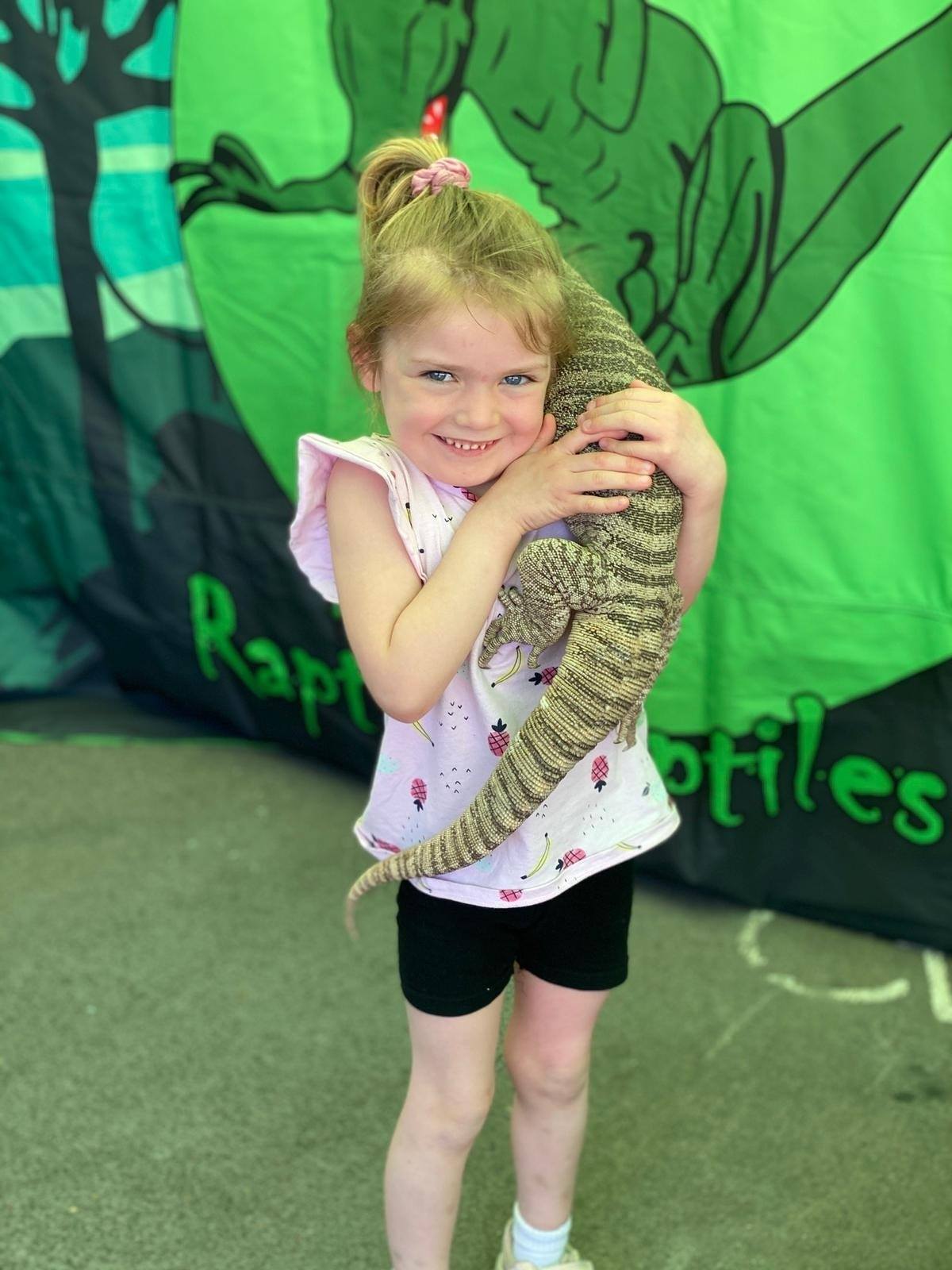
Slide title
Write your caption hereButton
Slide title
Write your caption hereButton
Slide title
Write your caption hereButton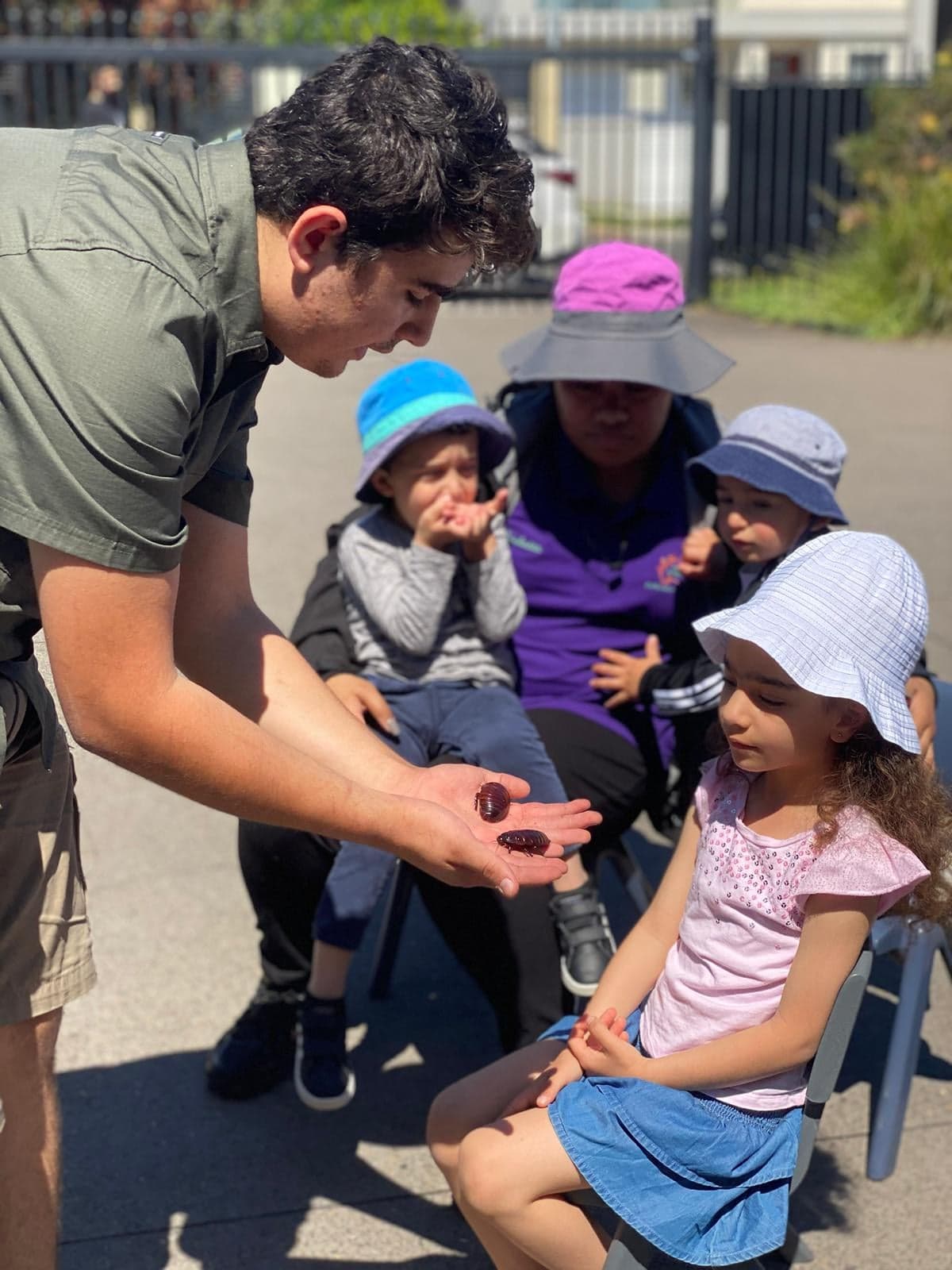
Slide title
Write your caption hereButton
